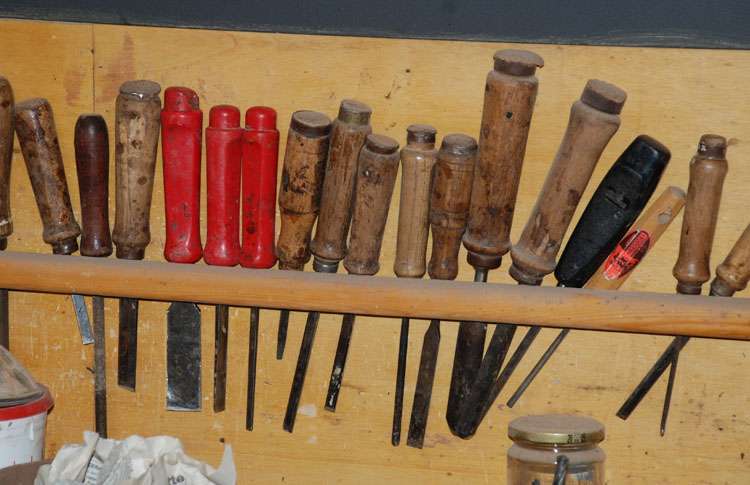The restoration of antique furniture in Treviso
The recovery of an antique piece of furniture is made possible by appropriate and wise restoration operations, which play a delicate and important role.
It is often assumed that only works of art in painting, sculpture and architecture deserve the use of modern and sophisticated scientific devices to complement the ancient processing systems.
The same attention, the same studies and the same techniques must however be applied in the restoration of furniture, too often in fact it incurs restorations performed with little knowledge and with little respect for the integrity of the object and its historical and artistic value.
The restoration work must be carried out by qualified people, able to give back to the object, the ancient splendor, respecting its integrity.
Our company has been dealing with restoration of antique furniture in Treviso since 1963 and the knowledge of the techniques is always accompanied by a great passion, describing the correct way to intervene, and explaining the criteria used in the restoration is a fundamental element for us to donate to our customer.
For these reasons we decided to include in our site also a section dedicated to the art of restoration of antique furniture, because for us the definition of Antiquarian is also this.
Short articles will tell the art of furniture restoration.
When we talk about the restoration of a piece of furniture we mean all those operations useful to restore a pre-existing state or to remove the causes of wear and destruction.
We therefore want to find what remains of the initial situation, accepting the signs left by time, and if necessary reconstruct those parts necessary for its integrity and stability.
We always remember that wood is a living material, perishable in particular conditions of heat and humidity, excessive humidity makes it dilate, while too dry a climate makes it shrink and break, if exposed to sunlight the wood lightens and shrinks on exposed band creating a concavity.
The wood is then subject to the attack of parasites, both vegetable (molds) and animals (woodworms and moths), absorbs water, oils and other liquids whose color penetrates deeply, and finally it is soft, so it can be easily scratched and worn out with simple use .
Then there are other elements that the restorer must take into consideration, a piece of furniture may have other materials useful for the construction or for the sole purpose of decoration, also subject to deterioration.
Think of glues, paints, hardware, plaster, bolus, gilding, waxes, oils, if the dry glues become friable, the plaster cracks and flakes, the gold comes off, the paints crystallize, whiten, the waxes evaporate, the nails they rust, and so much more.
The restorer, through his knowledge of wood, their characteristics and construction techniques, must consider each piece of furniture as a separate case and from time to time decide which restoration work will be carried out.
There are also different types of restoration on antique furniture, depending on the conditions in which it is paid and the client's requests.
The "Restoration of infill" aims to preserve and save the piece of furniture and every part of it as it is, including the original and subsequent polishing, dust and dirt are removed without however removing with them the patina of time, the parts in way of corrosion they are consolidated with special products, an appropriate disinfestation is carried out to eliminate parasites, bad conservation conditions such as humidity or excessive dryness are removed, and at the end a volatile painting with waxes will form a protective film on the surface.
This is an intervention that is part of the broad concept of restoration but does not touch all its stages.
The "Conservative Restoration" restores the original aspect to the piece of furniture, but respecting the normal aging and the previous restoration interventions that have not altered the object.
Corroded wood is consolidated but without making replacements, dowels or rods can be made but clearly visible, the structure must not be dented or modified, cleaning and painting takes place as for the plugging restoration.
When we talk about "Restoration restoration" we mean what is most frequently done.
Every feature is returned to the piece of furniture, the damaged parts reintegrated with fillings and dowels, restoring the perpendicularity and verticality, eliminating the rear additions, closing the fissures and the holes of the woodworms, gluing the veneered or veneered parts that need, checked the works of tarsia, and gilding, detaching and re-gluing the frames, making hinges and locks work, repairing or reconstructing the drawer guides worn by friction, arranging the broken handles or replacing them if not pertinent at the time.
At this point, if the piece of furniture does not have the original polish or is damaged in several places, it is rigorously re-polished by hand.

